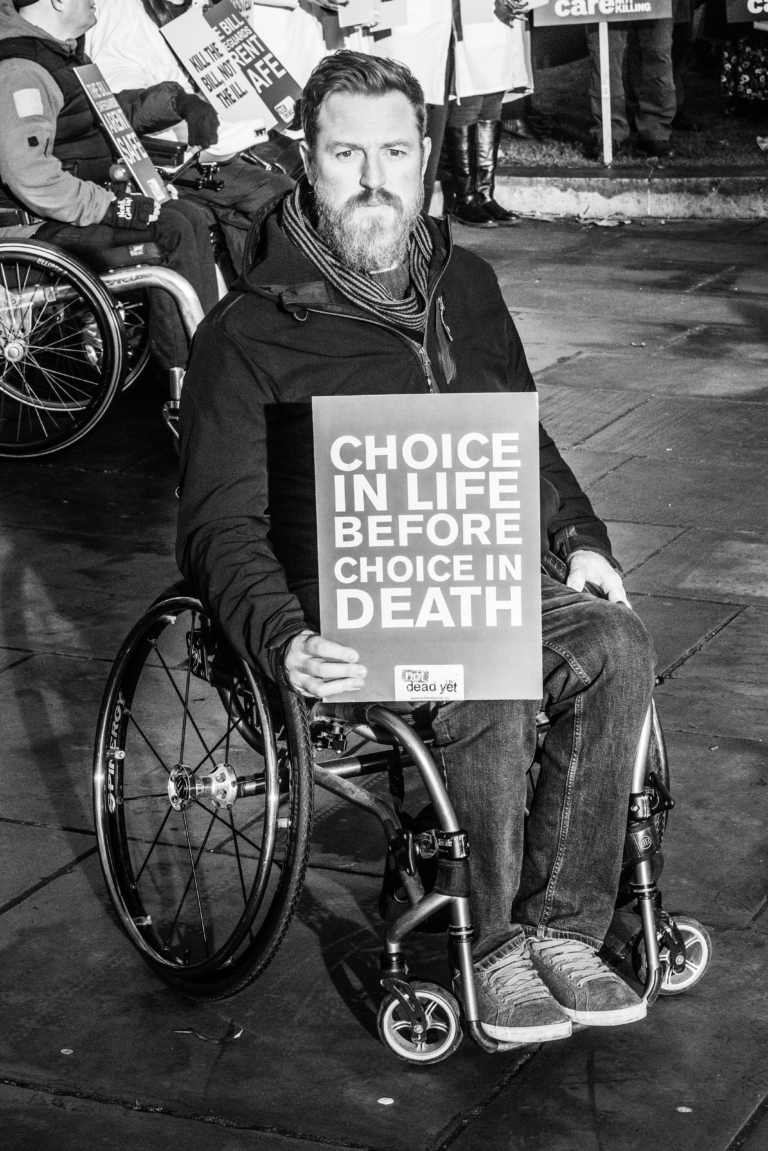Today on December 3rd, we mark the International Day of Disabled People. Disability affects many people in similar ways and yet at the same time feeling personal as it is part of our identity. We are all different in many ways which begs the question how you bring a homogenous group of individuals together.
When asked recently at an Inclusion London event if I felt I was part of a disability movement, I was one of only a few people that said no. I have been part of the disabled community for the last 18 years and it’s been my work for more than 10 years, so why did I say no?
The word movement in the context of a specific cause can be interpreted in different ways. It’s a complex idea with many different stakeholders, social and political aspects that give form and direction. I like to break these things down into simple components, so when I was asked what the movement meant to me, I said “the change from where you are now to where you want to be”.
There is a rich history in the disabled community of making change that we should celebrate and recognise the legacy that has been left for us to build on.
So why did I raise my hand to say I don’t feel part of the disability movement?
It’s important that I say how much fantastic work is going on in the disability space and when I say that I do not feel part of the movement, I do not say that to detract from the vital work that is being done.
While there are lots of projects tackling important issues that affect disabled people, I include my work with wheelchair skills and founding The Wheelchair Skills College here, these are working on particular pieces of disability justice rather than looking at the whole picture. Each piece of work, albeit important, is more of an individual purpose rather than a global purpose uniting the whole disabled community.
Creating that shared global purpose is key to creating a movement and for that we need a vision. Fighting against injustice needs to continue, but what is the end goal? What is it that we want to achieve? What will the world look like when we get there?
It’s easy to put it in a one liner and say something like we need to create an equitable society for all, but what does it look like when we start to flesh it out and add more detail to the picture? Human (disability) rights, disability democracy, education, healthcare, social care, housing, employment…
That is something I can’t answer. Not alone anyway. A truly democratic vision needs to be created and owned by the disabled community.
Once we have the vision of what the future looks like we can be more connected, strategic and effective with our actions. When we have that vision and have a direction to move in, then I feel like I will be able to raise my hand and say that I feel like I am part of the disability movement.

